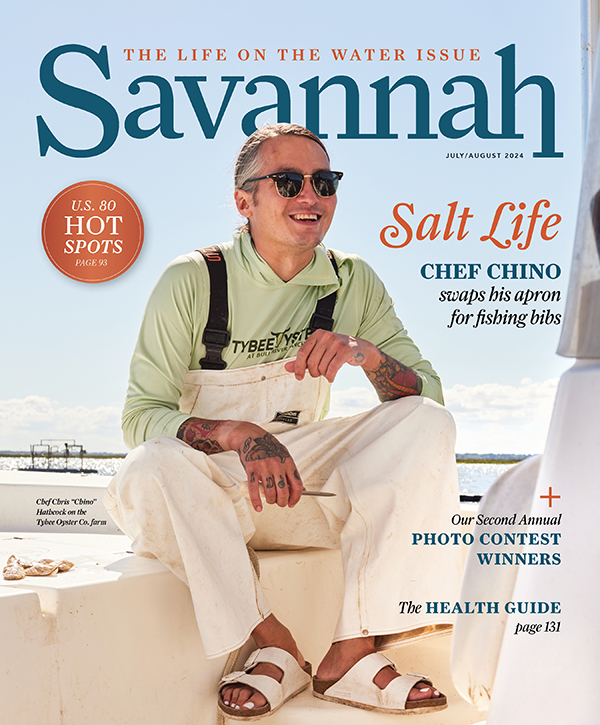According to research on the Center for Digestive and Liver Health website, one of every 1,000 people has celiac disease, which is a hereditary autoimmune disorder triggered by grain-based foods specifically wheat, barley and rye—such as breads, pasta and baked goods. The center’s Mark Murphy, M.D., believes that number may be low.
“The age at presentation is highly variable,” Murphy explains, “and everybody does not present the same.”
Because people with celiac disease cannot process certain vitamins and minerals through their digestive systems, they experience symptoms that can range from skin rashes and extreme fatigue to diarrhea and bloating—symptoms that can mimic other ailments.
A lot of people are misdiagnosed with irritable bowel syndrome.
“A lot of people are misdiagnosed with irritable bowel syndrome,” Murphy says. A lifelong gluten-free diet is the most effective treatment available to alleviate the uncomfortable symptoms associated with celiac disease. Patients have to be vigilante, Murphy notes, making sure that no foods are add-mixed with gluten.
“One exposure can knock them out,” he warns.
When people hear gluten-free, they often think taste-free, but that’s no longer the case with the availability of key food substitutes, such as coconut and almond flours for baking; quinoa and rice pastas; noodles made from beets, butternut squash and sweet potatoes; sauces thickened with cornstarch or mashed potatoes; and tamari as a replacement for soy sauce in Asian dishes. It’s a focus on whole foods that are a healthy alternative even for those not grappling with the limits of celiac disease.



